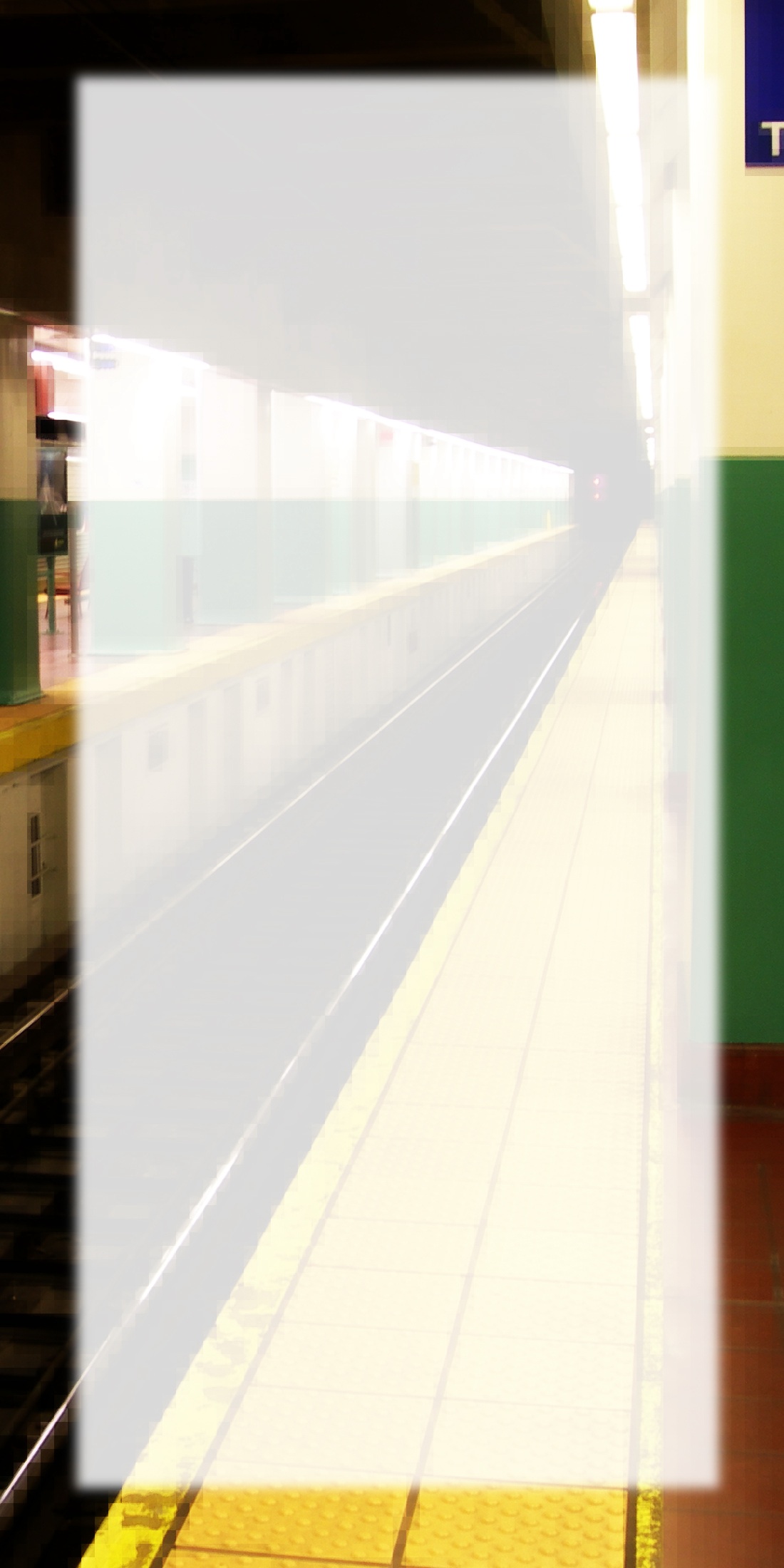Discrepancies Between Art Historical and Psychoanalytic Interpretations of Avant-Garde Painting: Fry and Greenberg contra Balint and Fairbairn by Donald Kuspit
Balint also has a problem with Surrealism. Like Fairbairn, he seems to think, to use Fairbairn’s words, that Dali’s “pictures, like those of most Surrealists, cannot be regarded as representing a very high level of artistic achievement,” which is perhaps why Surrealism “lends itself in a special degree to a study of the genesis of symbols under the influence of art-work.” “The low coefficient of repression in relation to the strength of the unconscious urges expressed” in Surrealism results in “art-work that is comparatively meagre.” But this is why “Dali’s art is of such psychological interest.” In contrast, in classical art the art-work is so elaborated that the symbol’s “origin and its [unconscious] significance have become obscured.” So Fairbairn doesn’t think there’s much conscious art in Dali’s pictures, but rather a more or less undisguised display of unconscious urges. Nor does Balint. This contrasts with Freud’s famous remark that he was more interested in Dali’s conscious than unconscious, suggesting that he did not as readily buy into the Surrealists professed debt to psychoanalysis, with its method of free association--rendered by Breton as “pure psychic automatism,” that is, expression unadulterated by esthetic, moral, and rational concerns--as Fairbairn and Balint did.
Here is Balint’s analysis of the “narcissistic withdrawal” evident in “modern art,” which leads to “degrading the dignity of the object into that of a mere stimulus.”(2) In modern art the “attitude towards” the object is no longer “on the mature level; it assumes more and more immature ‘pre-genital’ forms....The treatment of the object, or the artist’s attitude to it, i.e. his fantasies, feelings, emotions, ideas, images, etc., when stimulated by his chosen object, are conspicuously on what psycho-analysis would describe as the anal-sadistic level. The objects are dismembered, split, cruelly twisted, deformed, messed about; the dirty, ugly qualities of the object are ‘realistically’ and even ‘surrealistically’ revealed; some forms and methods of representation in ‘modern art’ are highly reminiscent of primitive ‘anal’ messing’; less and less regard is paid to the object’s feelings, interests and sensitivities; kind consideration for, and ‘idealisation’ of, the object becomes less and less important.”
While “modern art has made an immense contribution to human maturity by demonstrating that we need not repress the fact that in and around us...discordant features exist,” in other words that the modern world is discordant (which is perhaps what “pluralism” is a polite way of saying), this is hardly much of a contribution considering that modern art reflects and reveals the unstability of “narcissistic states.” Balint writes: “The tension in them is so great that they break down, disintegrate spontaneously even without any forceful attack from outside.” That may explain the increasingly rapid breakdown and replacement of one modern art movement after and by another. It also suggests that modern art shows us that we ourselves are discordant and tend to breakdown--entropy seems to be speeding up in the modern self and world, if built-in obsolescence is any clue. At the same time, modern art indicates that “toleration” of discordant reality--internal and external, to separate what is not always separable, even when they are at odds--“should be pleasurable,” as Balint writes. It is a genteel way of suggesting that even psychic and social pain can be pleasurable, so long as it is artistically embodied and legitimated and esthetically perceived and appreciated.
